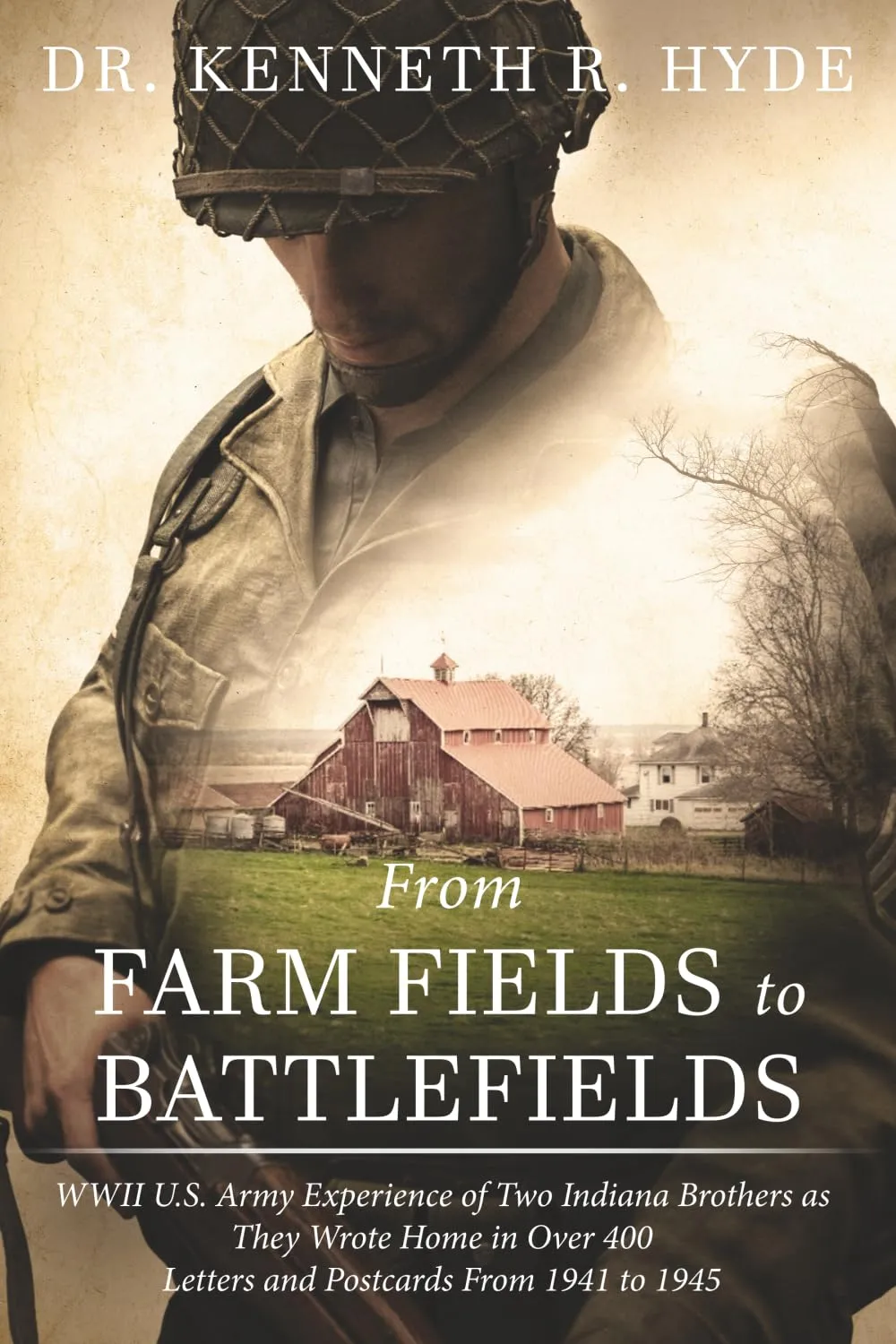Copyright Chicago Tribune

I’ve written in previous columns about Hoosier journalism hero Ernie Pyle, born Aug. 3, 1900, to a tenant farm family just outside of Dana, Indiana, as an only child. He studied journalism at Indiana University in Bloomington before setting out on his newspaper career. No matter where his travels took him, he always maintained contact with his family and hometown throughout his life, and his parents beamed with pride that his wartime newspaper column was syndicated around the world. He was an “on-assignment” war correspondent when he died on April 18, 1945, after being struck by a Japanese machine gunner’s bullet on Iejima, a small island near Okinawa in the Japanese archipelago, the final resting place where he was buried. He was only 44 years old. With his conversationally written and descriptive wartime dispatches distributed in more than 300 daily newspapers and 400 weekly newspapers during World War II, he was awarded the Pulitzer Prize in Journalism in 1944 — just a year before his death. One of the reasons Pyle’s published writings are so prized is that they gave America an insider, detailed glimpse of the war unfolding long before the technology of television images and today’s constant contact communication. Soldiers in the U.S. Armed Forces could write home, but their letters, postcards and all correspondence would be “edited” and “censored” to assure no vital information connected to military plans and maneuvers would be “leaked,” whether intentionally or unintentionally. A new self-published book released over the summer titled “From Farm Fields to Battlefields: WW II U.S. Army Experience of Two Indiana Brothers As They Wrote Home in Over 400 Letters and Postcards From 1941 to 1945” ($20 July 2025) by Dr. Kenneth Hyde gives a fascinating and detailed look into the day-to-day world of 1940s wartime. Dr. Hyde, a retired Northwest Indiana orthodontist, worked hard on this 364-page paperback, and he’ll be featured at a book-signing event this month from 2-4 p.m. Saturday, Nov. 15, at The Press Bookstore, 9 Lincolnway in Valparaiso. For more information, call 219-286-6079 or visit www.valpopress.com. “Two Faris brothers, Ordon and Boyd, left their home on an Indiana farm and after stateside training, crossed the Atlantic to serve almost four years in the U.S. Army fighting in most of the major European battles of WW II and while away, they sent home more than 400 letters and postcards,” Hyde said. “Those letters were saved and handed down over the years, eventually to their youngest sibling, Gene Faris, and his wife, Irene. I married their daughter, Kathleen, and showed an interest in organizing and transcribing the boxes of letters into proper sequence. Those letters are the heart and soul of this book and made it possible to write this book. Outside research allowed the addition of big-picture events and details either unknown or intentionally omitted by the brothers to protect the family from worry.” Dr. Hyde said through these letters, there’s additional insight into WW II, “not from famous generals, politicians, or celebrities, but from the perspective of ordinary farm boys turned soldiers” from rural Northwest Indiana. “According to family, Ordon and Boyd were born on the Francesville, Indiana, farm and went to a one-room school where several grades would have been together,” Dr. Hyde noted. “Their letters are written here mostly as they appeared in their original form. To avoid unnecessary distractions, there were some minor corrections made when publishing them for this book for spelling, punctuation and grammar. There was no effort to censor racial statements common in the 1940s that are not acceptable by today’s standards. Except for the previously mentioned corrections, I chose not to make those types of changes and to stay true to their intent.” Dr. Hyde said readers will notice the soldiers intentionally avoided news that would cause worry or concern to family members on the home front, regardless of the intensity of the battles or the difficulties they were facing. “There are no dramatic letters about any battles either soldier experienced,” he explains. “In the 1940s war era, hand-written letters and news from the front were highly censored if they contained any details that might be intercepted and benefit the enemy. Now we use delete, cut and paste keyboard functions to edit our writings. The censorship ‘cut’ function by the WWII Army examiners was done with actual scissors. Mail was also very slow to move, sometimes taking weeks to get a message. For better or for worse, our ability to preserve any of today’s messages and images for another 80 years or more for the benefit of future generations remains to be seen.” Dr. Hyde is a graduate of Indiana University with a doctorate in dentistry, specializing in orthodontics. He describes his new book “From Farms Fields to Battlefields” as “a creation borne in retirement from a passion for World War II history.” Dr. Hyde and his wife Kathleen reside in Northwest Indiana close to family during the summer months and spend their winters in Florida. Philip Potempa is a journalist, published author and radio host on WJOB 1230 AM. He can be reached at philpotempa@gmail.com



